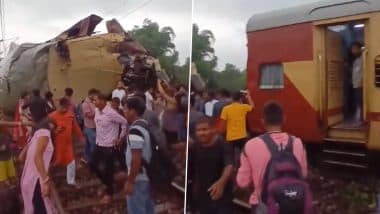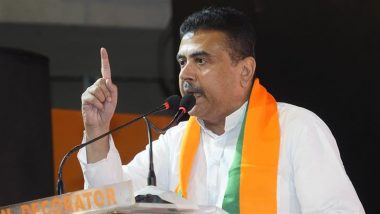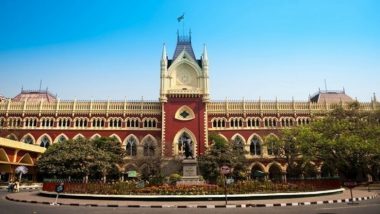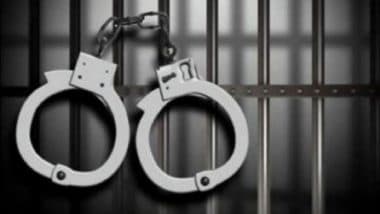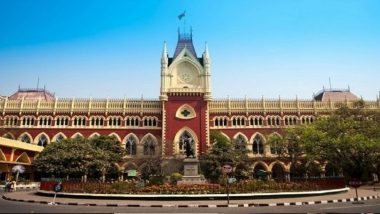New Delhi, June 20: The initial probe into the June 17 Kanchanjunga Express accident has suggested there were lapses by the operating department of the New Jalpaiguri Rail Division and the crew of the goods train that hit the passenger train. At least 10 people were killed, including the passenger train's guard and the pilot of the goods train after it rammed into the stationary Sealdah-bound Kanchanjunga Express in West Bengal's Darjeeling district on Monday.
The collision occurred near Rangapani station, 30 km from New Jalpaiguri station, causing four rear compartments of Kanchanjunga Express to derail due to the impact by the goods train's locomotive at 8.55 am, the official said. Soon after the accident, Railway Board chairperson Jaya Varma Sinha had said the collision took place because the goods train disregarded the signal. The Commissioner of Railway Safety (CRS) has started a probe into the cause of the accident. PM Narendra Modi Takes Stock of West Bengal Train Tragedy As Railways Minister Ashwini Vaishnaw Heads for Accident Site
The railways also set up a probe team of six senior officials who have filed their preliminary report which has been seen by PTI. While five officials have blamed the goods train driver for violating signals as well as the speed restriction, one has given a dissenting note suggesting that the operating department of the New Jalpaiguri rail division failed to take adequate measures to safeguard the route between Ranipatra (RNI) and Chattar Hat Junction (CAT).
The majority view is that the rear-end dashing of the Kanchanjunga Express by the goods train may have occurred due to the failure of the goods train crew (driver, assistant driver and guard) to obey the rule of "passing the automatic signal at danger position" and also "keeping the excessive speed of the train". In his dissent note, one official, the chief loco inspector (CLI) of the NJP division, said the automatic and semi-automatic signals had not been working since 5:50 am on June 17, 2024.
In such a situation, the whole section (route between RNI and CAT) should have been converted into an Absolute Block System (a system to allow only one train at a time between RNI and CAT), the official further said referring to the railway rules. Giving details on what happened before the accident, the probe report said that the Kanchanjunga Express departed from Ranipatra station at 8:27 am on June 17 with two authority letters '?T/A 912 and T369 (3B). West Bengal Rail Accident: Several Trains Cancelled, Diverted After Kanchenjunga Express Train Mishap That Claimed Eight Lives; Check Details
"T/A 912 allowed the driver to cross all red signals and it didn't mention any speed. On the other hand, T369 (3B) mentioned that the driver would cross the two signals immediately after leaving the RNI station at 15 kmph speed," a railway source from New Jalpaiguri told PTI. According to the probe report, the same two authority letters were also issued to the goods train which departed from Ranipatra station at 8:42 am. The report also suggests that the Kanchanjunga Express was waiting at one of the defective signals when the goods train hit it from behind.
The probe officials said that five coaches of the passenger train and eleven wagons of the goods train were affected in the accident. They said that they found two dead bodies stuck in the general coach of the passenger train and they were taken out after cutting the coach portion. The probe report doesn't mention the speed the goods train was running at at the time of the accident. Now, the Commissioner of Railway Safety is carrying out a detailed investigation.







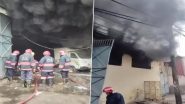





 Quickly
Quickly








